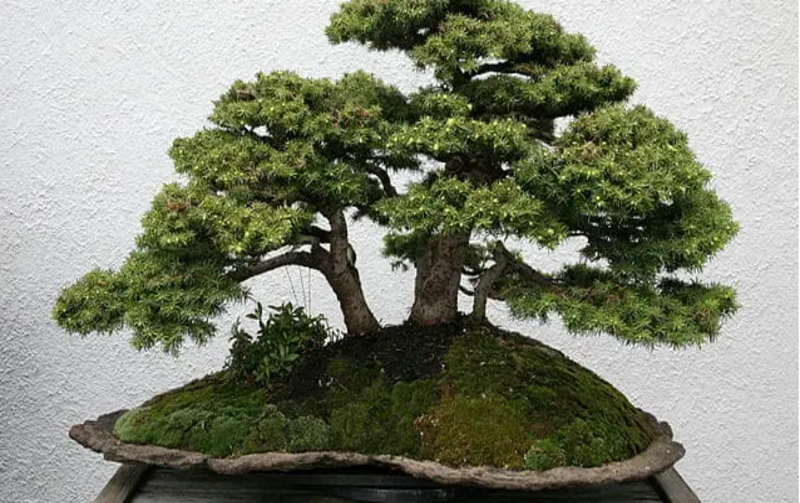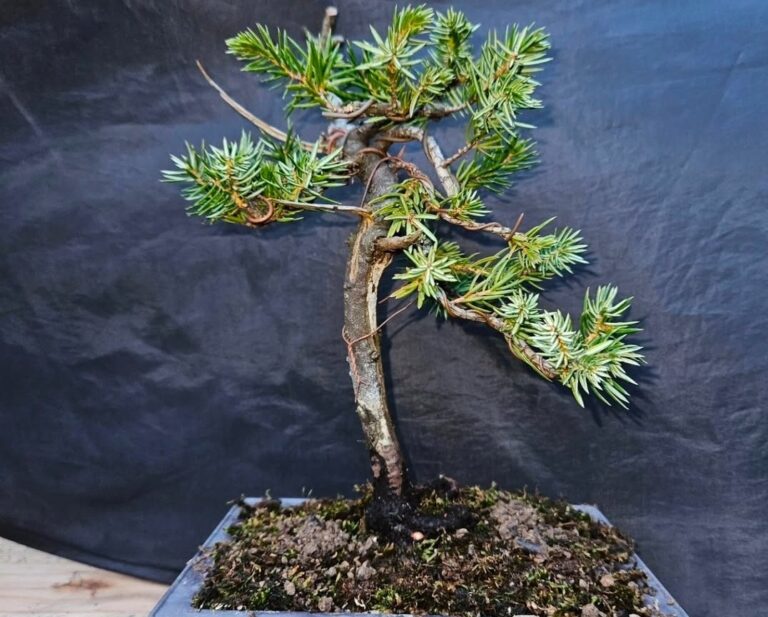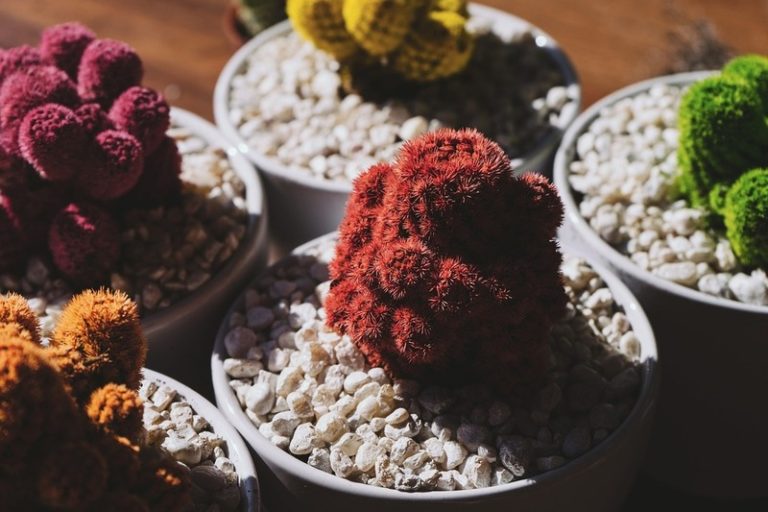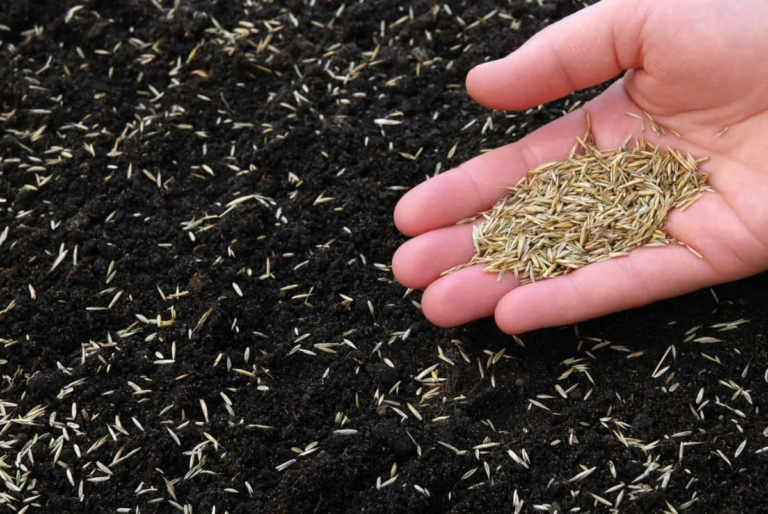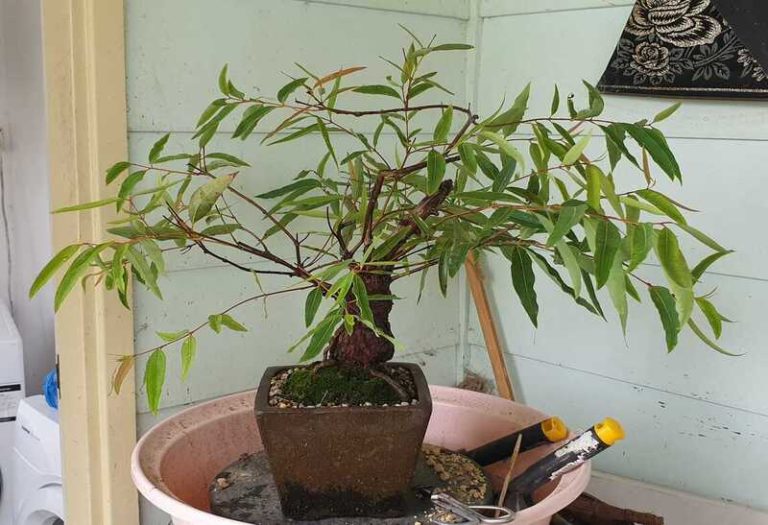Norway Spruce Bonsai: Enhance Your Home Décor with a Natural Touch
Do you want to add something fresh and fascinating to your gardening hobby? Consider growing a Norway Spruce Bonsai!
A bonsai is a tiny imitation of a mature tree that is meticulously nurtured to fit in a small container. This traditional Japanese gardening method stretches back more than a millennium, and it has grown more popular as a distinctive and satisfying style of gardening across the world.
The Norway Spruce Bonsai is a great choice for both new gardeners and those who have done it before. It has a unique cone shape that makes any room or outdoor space look more elegant. The Norway Spruce Bonsai stands out from other types because its needles are a deep green color.
What is Norway Spruce Bonsai?
The Norway Spruce Bonsai is a small evergreen tree that comes from Europe and Asia. It is a popular choice among bonsai fans because it is hardy and can be used in many ways. Norway Spruce bonsai trees can live for many years if they are well taken care of. They are also very pretty to have in your collection.
| Attribute | Information |
|---|---|
| Botanical Name | Pinus mugo |
| Other Name | Mugo Pine |
| Native Area | Mountains of Central and Southern Europe |
| Plant Type | Evergreen Coniferous Tree |
| Growth | Slow to Moderate |
| Fertilizer | Balanced, slow-release fertilizer in spring |
| Light Requirement | Full Sun to Partial Shade |
| Propagation | Seeds, Cuttings |
| Soil Type | Well-Draining Bonsai Soil Mix |
| Temperature | Hardy in USDA Zones 2-8 |
| Toxicity | Generally Non-Toxic |
| Watering | Keep soil consistently moist; roots need moisture |
| USDA Zones | 2-8 |
Benefits of Norway Spruce Bonsai
Growing a Norway Spruce Bonsai not only adds a unique and beautiful touch to your home or garden but also offers several benefits. Here are some of the benefits of Norway Spruce Bonsai:
- Stress relief: Taking care of a bonsai can be a relaxing and soothing activity that can help you feel less stressed and anxious.
- Air purifying: Plants, including bonsai, clean the air in your home by taking in carbon dioxide and giving off oxygen.
- Aesthetically pleasing: The Norway Spruce Bonsai has a unique conical shape and dark green needles that add an elegant and beautiful touch to any room or garden.
- Educational: Growing and caring for a Bonsai can be an educational experience that teaches patience, responsibility, and appreciation for nature.
- Space-saving: Bonsai is a small version of a full-grown tree that can be grown in a small pot. This makes it a great option for people who don’t have a lot of space.
- Increased focus and creativity: Taking care of a bonsai can also help you become more focused, creative, and specifics, which can help you in other areas of your life.
Raising a Norwegian Spruce Bonsai has several advantages, including stress alleviation, air purification, and educational possibilities. It is a distinct and satisfying type of gardening that may enhance the beauty and elegance of your house or yard.
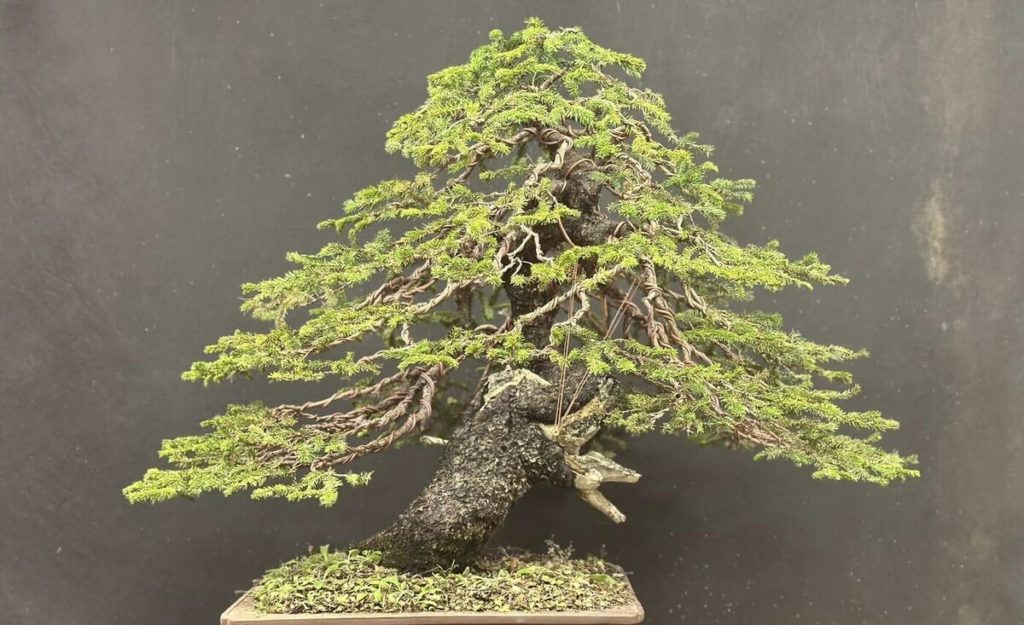
How to grow Norway Spruce Bonsai
Raising a Norwegian Spruce Bonsai involves careful planning and attention to detail. Here are the processes to growing a healthy and elegant Norwegian Spruce Bonsai.
Choose a healthy sapling: Choose a healthy sapling that is free of pests and illnesses. A reputable garden shop or nursery is the ideal place to buy a sapling.
Soil Preparation and Planting: Norway Spruce Bonsai grows best in well-draining soil. Use a mixture of Akadama, pumice, and lava rock for optimal growth. Place the sapling in the pot, add soil and press down firmly.
Watering and Fertilizing: Water your Norway Spruce Bonsai regularly and ensure that the soil is always moist. Fertilize every two weeks with a balanced fertilizer.
Pruning and Shaping: Regular pruning and shaping are essential for maintaining the desired shape and size of your Bonsai. Trim the branches and needles carefully using sharp pruning shears.
Repotting: Repot your Norway Spruce Bonsai every two to three years to ensure it has adequate space to grow.
Winter Care: Protect your Bonsai from freezing temperatures during winter by bringing it indoors or covering it with a frost cloth.
By following these steps, you can grow a healthy and beautiful Norway Spruce Bonsai. Remember to provide your Bonsai with the proper care and attention it needs to thrive.
Care for Norway Spruce Bonsai
Proper care for your Norway Spruce Bonsai is essential for its healthy growth and longevity. Here are some tips for taking care of your Norway Spruce Bonsai:
Watering: Water your Bonsai regularly and ensure that the soil is always moist but not waterlogged. Overwatering can lead to root rot, while underwatering can cause the tree to dry out.
Fertilizing: Fertilize your Bonsai every two weeks during the growing season with a balanced fertilizer. Reduce the frequency to once a month during the winter months.
Protection against pests and diseases: Inspect your Bonsai regularly for any signs of pests or diseases. If you notice any problems, treat them immediately to prevent further damage.
Pruning and Shaping: Regular pruning and shaping are necessary to maintain the desired shape and size of your Bonsai. Trim the branches and needles carefully using sharp pruning shears.
Repotting: Repot your Bonsai every two to three years to ensure it has adequate space to grow. Repotting also provides an opportunity to refresh the soil and remove any dead roots.
Winter Care: Protect your Bonsai from freezing temperatures during winter by bringing it indoors or covering it with a frost cloth. Place your Bonsai in a cool, bright room away from heating sources.
Norway Spruce Bonsai Care Sheet
| Aspect | Care Tips |
| Watering | Water regularly, making sure the soil is slightly moist |
| Light | Full sun to partial shade, protect from intense afternoon sun |
| Temperature | Cool to cold temperatures, ideally between 20-50°F (-7 to 10°C) |
| Soil | Well-draining soil, ideally with some sand or gravel |
| Fertilizer | Use a balanced fertilizer every 2-4 weeks during growing season |
| Pruning | Regularly prune and shape the tree to maintain its form |
| Wiring | Use wire to shape branches when young and flexible |
| Repotting | Repot every 2-3 years in the spring, trimming roots as needed |
| Pests/Disease | Watch for spider mites and aphids, treat promptly if detected |
Remember to provide your Norway Spruce Bonsai with the proper care and attention it needs to thrive. With proper care, your Bonsai can grow healthy and beautiful for years to come.
Conclusion
Growing a Norway Spruce Bonsai is an enjoyable and rewarding experience. With proper care and attention, your Norway Spruce Bonsai can thrive and become a beautiful addition to your home or garden.
FAQ:
Q: What is a Norway Spruce Bonsai?
A: A small form of the Norwegian Spruce tree grown in a pot or container is known as a bonsai.
Q: How do you grow Norway Spruce Bonsai?
A: Norway Spruce Bonsai requires well-draining soil, moderate watering, and fertilization on a regular basis. It also has to be kept cold, light, and damp.
Q: What are some common pests and diseases that affect Norway Spruce Bonsai?
A: Spider mites, aphids, and scale insects are all common pests. Needle cast and canker are two common diseases.
Q: How often should you prune Norway Spruce Bonsai?
A: The Norway Spruce Bonsai should be pruned as needed to keep its shape and encourage new growth. Most of the time, you should prune in the spring or fall.
Q: Can Norway Spruce Bonsai be grown indoors?
A: Yes, Norway Spruce Bonsai can be grown indoors as long as it is provided with proper care and a suitable environment.
Q: How long does Norway Spruce Bonsai live?
A: With proper care, Norway Spruce Bonsai can live for several decades.
Q; What are the benefits of growing Norway Spruce Bonsai?
A: Growing Norway Spruce Bonsai can be relaxing and satisfying. It can also make your home’s air better and give it a more natural look.
Q; How can you style Norway Spruce Bonsai?
A: Norway Spruce Bonsai can be styled in a variety of ways, such as informal upright, formal upright, slanting, cascade, and semi-cascade. It is important to research and learn proper techniques for styling your bonsai.
Also Read:
Mugo Pine Bonsai: The Ultimate Decorative Piece for Your Living Room

